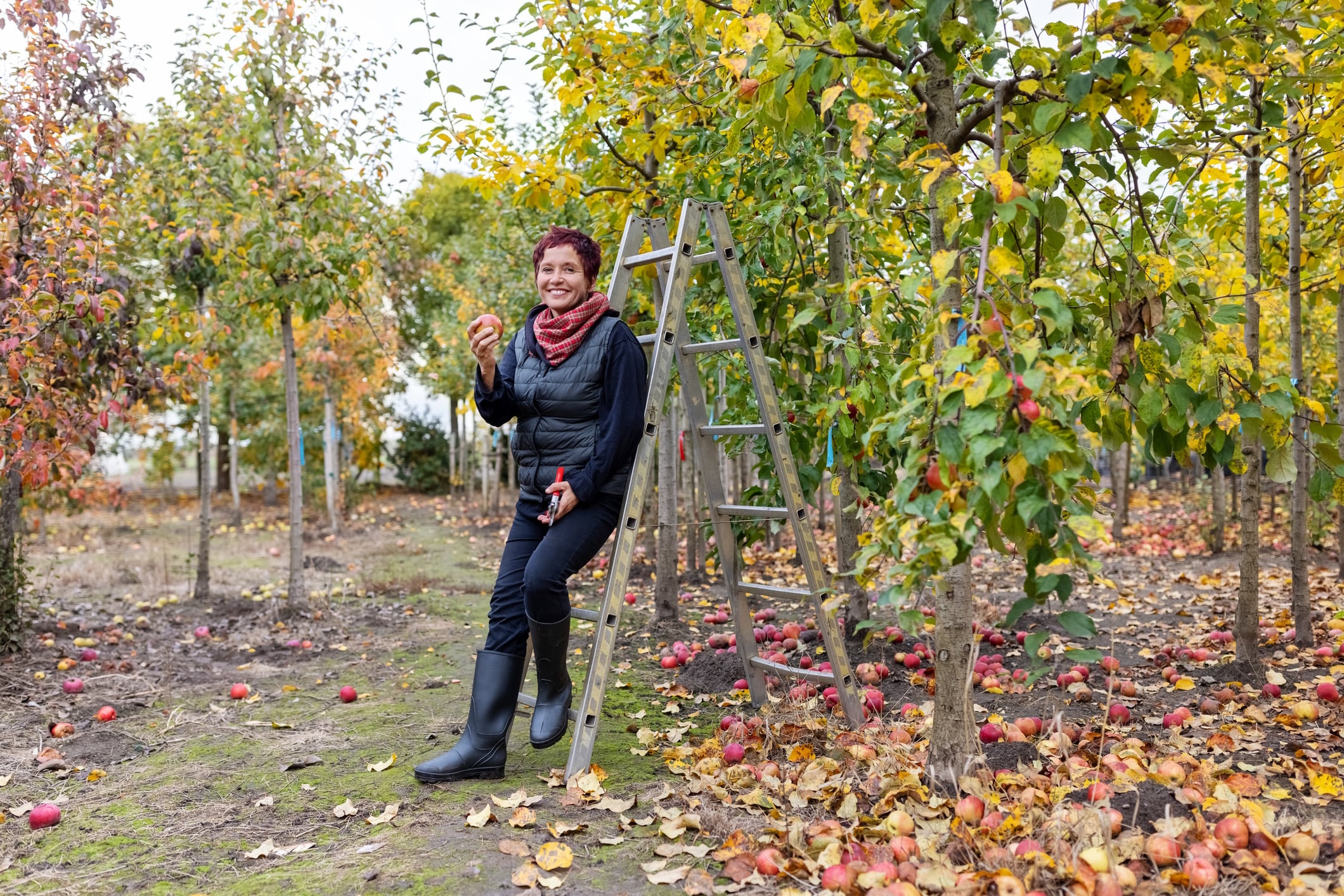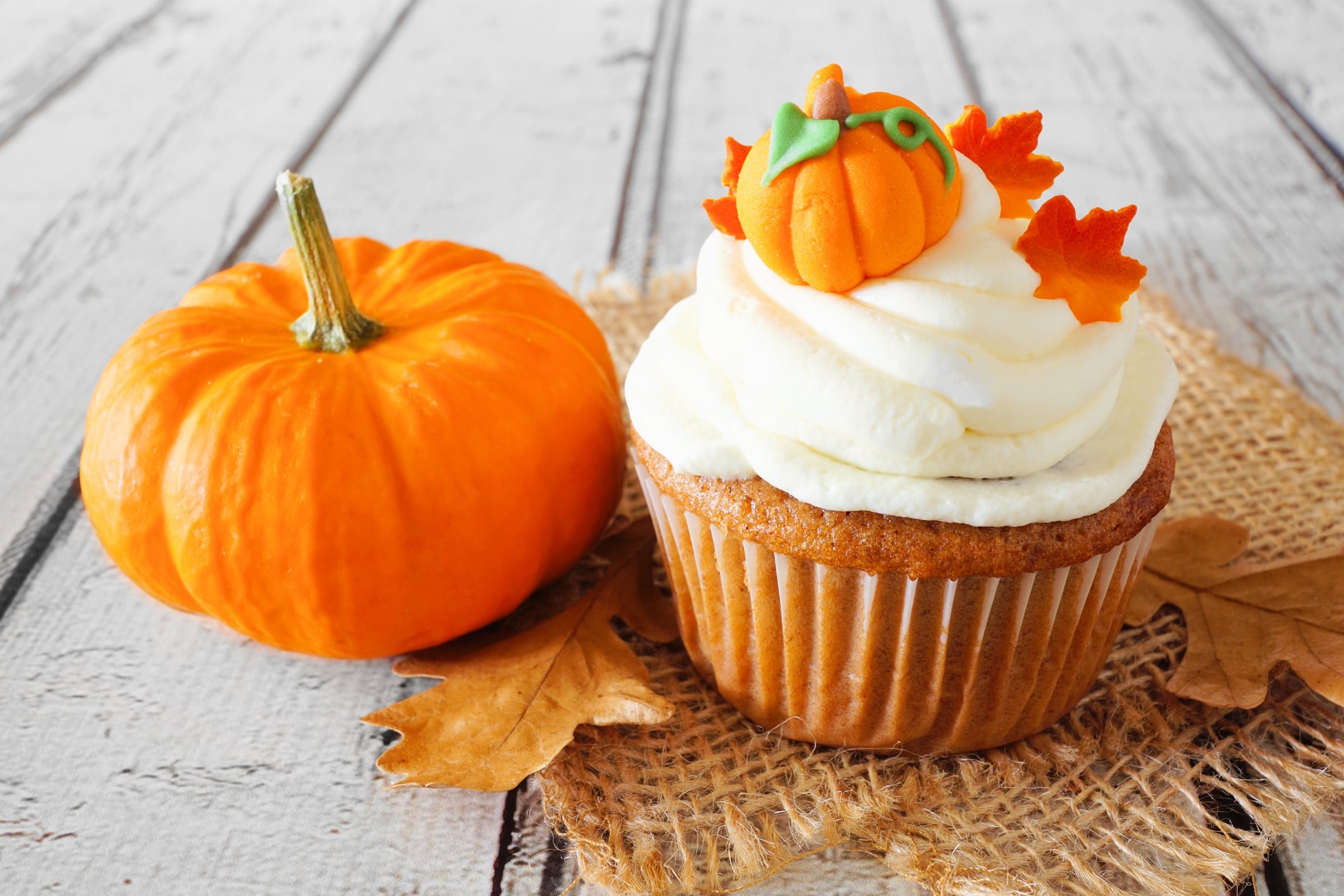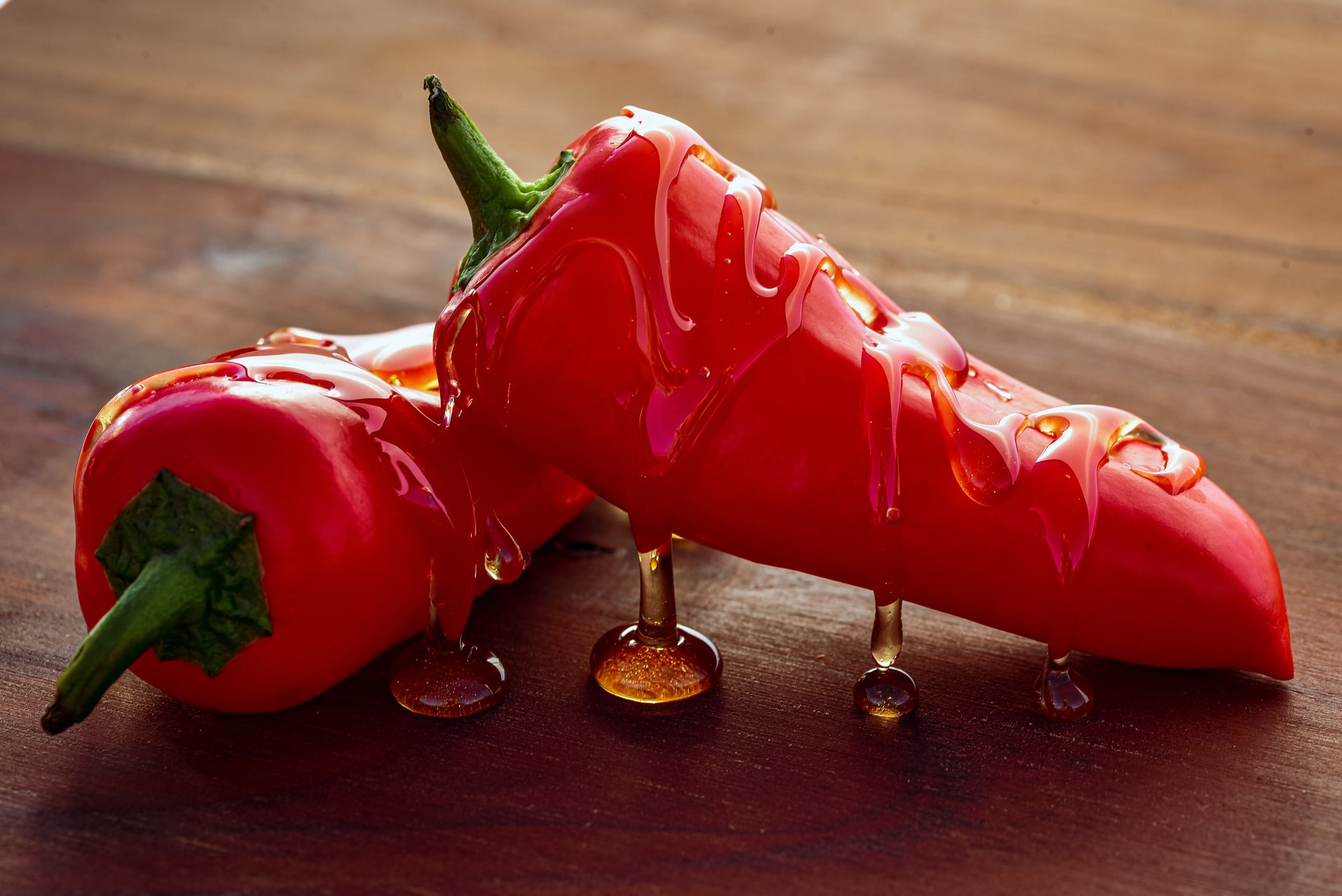Key takeaways:
- Pumpkin spice is still powerful, but fatigue means cinnamon, caramel and citrus are rising fast.
- Staggered launches – classics first, bold twists later – keep fall flavor sales from peaking too early.
- Boomers crave tradition, millennials seek variety, and Gen Z drives global mashups and social buzz.
The ‘pumpkin spice economy’ is no joke. In 2023, sales of pumpkin spice-flavored products in the US topped $1.1 billion, according to NielsenIQ – bigger than the GDP of some small nations.
What started two decades ago as a seasonal latte at Starbucks has snowballed into a cultural and commercial juggernaut, spanning muffins, cereals, creamers, snack bars and even dog treats. Analysts expect it to keep growing by nearly 8% annually, a reminder that fall flavors are serious business for retailers and food manufacturers alike.
Yet despite its dominance, pumpkin spice is no longer the only flavor consumers crave. Surveys show 45% now report pumpkin spice fatigue, while nearly 60% say they actively seek limited-edition fall products across retail and foodservice. Nostalgia still drives fall flavor sales, but variety and innovation are now just as important.
From pumpkin powerhouse to flavor fatigue

Pumpkin spice has defined the season for 20 years, but cracks are forming in its crown. A 2024 survey by Post Honey Bunches of Oats found cinnamon (39%), salted caramel (37%) and candy apple (36%) all outranked pumpkin spice (32%) as consumers’ favorite fall flavors. Maple, s’mores, pecan and toasted marshmallow are also growing in appeal, underscoring how broad the fall flavor spectrum has become.
According to McCormick Flavor Solutions, emerging favorites include apple crisp, maple brown butter, pumpkin cheesecake and sea salt caramel – all balancing familiarity with a fresh twist. Cinnamon, in particular, now leads the pack as the most popular fall flavor overall. It’s flexible enough to appear in everything from morning bakery to snack mixes, bridging sweet and savory.
Foodservice has set the pace for retail launches. Olive Garden’s Pumpkin Cookie Butter Cheesecake and Cracker Barrel’s Cinnamon Roll Pie both drew strong consumer ratings in 2024, showing how old favorites can be refreshed with indulgent layers. Datassential’s Launches & Ratings platform gave Cracker Barrel’s pie an 83 Superstar score, highlighting its broad appeal.
Even whipped cream is being reimagined, with Datassential pointing to cinnamon roll or caramel apple whipped creams as low-cost, high-impact upgrades for bakery counters and café menus. These small touches help operators and brands differentiate themselves in a crowded fall marketplace.
Expanding the fall flavor repertoire

Beyond pumpkin, cinnamon and caramel, a more diverse cast of flavors is gaining ground.
Mondelēz Foodservice recently released its Fall Menu Forecast playbook, spotlighting how brands like Oreo and Chips Ahoy! can elevate dessert menus – whether crumbled into cheesecakes, layered into parfaits or featured in seasonal limited-time offers. It shows how well-loved snack brands can be repurposed to bring fresh energy to autumn menus.
Innovation is happening well beyond pumpkin. According to Mintel, blood orange surged 1,100% in global fall launches between 2023 and 2024, while pomegranate, tart berries and sour notes are also making waves. ‘Swicy’ (sweet-spicy) mashups are joining the party, too, from chili-dusted caramel popcorn to cayenne-spiked pumpkin seeds.
Producers are moving quickly. Oreo introduced Pumpkin Spice and Orange Crème cookies; Pepperidge Farm expanded its Pumpkin Spice Milano and swirl bread; and KIND tested a Caramel Apple cashew butter bar. Smaller challengers are playing with Cranberry-Jalapeño dips and apple-cinnamon protein balls, while better-for-you makers like RXBar and Quest leaned into pumpkin pie and maple-pecan LTOs to tap seasonal demand.
Timing has become another competitive lever. Starbucks now launches its Pumpkin Spice Latte in August – earlier every year – setting the pace for retailers. According to Circana, nearly half of consumers buy fall-flavored items as soon as they hit shelves, but sales soften by mid-season. That’s prompting brands to stagger their drops: lead with the classics in late summer, then roll out surprises such as blood orange, maple brown butter or chai-inspired riffs in October to keep excitement alive.
At the same time, consumers want their fall foods to look seasonal. Warm orange hues, spice-dusted toppings, whipped cream swirls and nostalgic packaging amplify the ‘sweater weather’ vibe and make products more shareable on social media. Visual cues have become as critical as flavor – especially for Gen Z, who are driving TikTok and Instagram buzz around seasonal snacks. Pepperidge Farm, for instance, leaned into cozy imagery for its Pumpkin Spice Milano packaging, while Oreo has used bold orange-and-black visuals to tap into Halloween adjacency.
Global twists, generational shifts

The fall flavor economy is no longer just an American phenomenon.
In Europe, speculoos, chestnut cream and hazelnut-cocoa dominate autumn bakery launches. UK retailers have introduced maple-glazed doughnuts, gingerbread muffins and pumpkin-spice scones that play into the transatlantic trend. In Asia, taro, red bean, black sesame and sweet potato rule seasonal menus. KitKat Japan has made limited-edition chestnut (kuri) and purple sweet potato variants a seasonal ritual, while Mont Blanc cakes remain a staple in Japanese patisseries.
Citrus is also emerging worldwide, with blood orange and mandarin brightening fall beverages and candies. In France, pastry chefs are pairing citrus with praline for lighter fall desserts, while South Korea’s cafés are offering yuzu-caramel lattes that mix seasonal comfort with Asian citrus notes.
Generational differences add another layer. Millennials – once the fiercest Pumpkin Spice Latte fans – now lead the push for variety. They are also the most vocal about their seasonal loyalties, with nearly a third saying they would ‘defend’ a favorite flavor, according to Mintel. Gen Z, raised on pumpkin spice as a given, often seek global influences or mashups such as chai-spiced cookies, maple-brown-butter scones or swicy caramel-pumpkin pairings. Boomers and older consumers still gravitate to the classics, with pumpkin and pecan pie indexing highest among those demographics, according to Datassential.
Texture is another differentiator across age groups. Gen Z and millennials lean into experiences – chewy, layered, crunchy – while Boomers are more likely to stick with traditional pies and cakes. That signals opportunity for snack makers to play with sensory contrasts, from caramel-apple pretzel clusters to pumpkin cheesecake sandwich cookies.
Strategic lessons for producers
Go beyond pumpkin. Pumpkin spice remains a must-have, but fatigue is evident. Cinnamon, caramel and apple now outrank it in preference. Expanding the portfolio ensures relevance across demographics.
Twist the familiar. Remixed comfort foods – pumpkin cheesecake, apple cider donuts with chili, brown-butter pecan cookies – balance nostalgia and novelty.
Track the data. Fruits like cranberry and pear, and ‘brown’ notes like maple and cookie butter, are on the rise. Monitoring flavor house reports and testing through small-batch LTOs can reduce risk.
Time launches wisely. Almost half of consumers buy fall flavors as soon as they appear, but interest can fade quickly. Stagger releases: classics first, then innovation later in the season to reignite excitement.
Invest in packaging and visuals. Seasonal packaging sells. Whether through autumnal color palettes, nostalgic fonts or limited-edition designs, aligning visuals with flavor cues makes products stand out on shelf and on social.
Think cross-category. Successful brands are extending fall flavors into multiple aisles – from bakery to snacks to beverages – reinforcing recognition and driving multiple purchase occasions.
Target younger palates. Gen Z and millennials value bold, globally inspired flavors and they amplify them on social platforms. Designing with shareability in mind can extend a product’s reach.
Keep it cozy. However inventive, fall products must still deliver warmth and comfort. Aromatic spices, rich textures and nostalgic packaging reinforce the emotional pull of the season.
Autumn’s next chapter

The pumpkin spice economy may be worth $1.1 billion, but consumers are signaling that the future of fall flavors is broader, brighter and more adventurous. Pumpkin spice is the anchor, yet it no longer carries the season alone.
By blending tradition with novelty, tailoring products to generational tastes and drawing inspiration from global kitchens, bakery and snack makers can keep their autumn ranges both relevant and exciting. Done right, the payoff is huge: a fall flavor lineup that is comfortingly familiar, refreshingly new and every bit as lucrative as the pumpkin spice juggernaut that started it all.
Fall’s flavor forecast 2025: The next big 5
Cinnamon
Now the No. 1 fall flavor, outpacing pumpkin spice.
39% of US consumers ranked it their favorite autumn flavor.
Versatile across sweet and savory, from bakery fillings to spiced nuts.
Salted caramel
Claimed 37% consumer preference in fall 2024 surveys.
Plays well in indulgent bakery items (brownies, cookies, tarts) and snack coatings.
Combines comfort with premium appeal.
Candy apple
36% of consumers list it as their fall favorite.
Perfect for crossovers in confectionery, nut butters and granola.
Delivers nostalgia with a visual pop.
Maple brown butter
Flagged by McCormick Flavor Solutions as a key emerging profile.
Adds depth to muffins, cookies and snack bars.
Signals ‘gourmet comfort’ to younger consumers.
Blood orange & citrus blends
Global launches up 1,100% year on year.
Brings brightness and color contrast to traditionally heavy fall palettes.
Works in bakery glazes, beverages and fruit-forward snacks.





